I love sitting on my back porch, observing wildlife: it’s peaceful and enjoyable at the beginning or after a hard day at work. If you’re like me, learning how to create a garden for wildlife is essential.
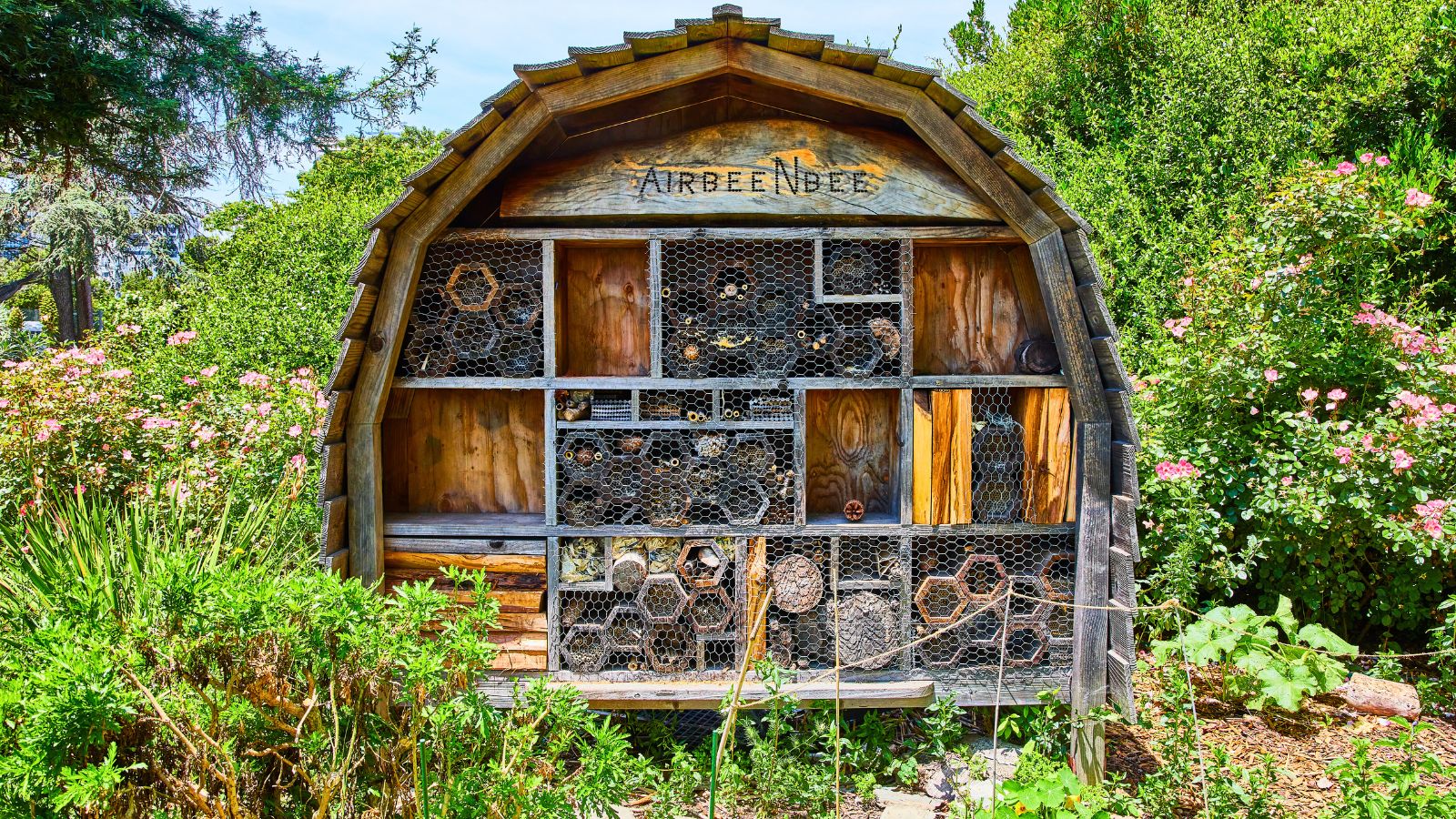
What is a Wildlife Garden
A wildlife garden, also known as a habitat garden, is a thoughtfully crafted environment designed to serve as a thriving and sustainable haven for the surrounding wildlife. It represents a harmonious blend of nature and human intervention, supporting native and local plants, birds, amphibians, reptiles, insects, mammals, and diverse living organisms. These gardens aim to sustain and promote the growth of locally native flora and fauna, contributing to preserving biodiversity and ecological balance.
Incorporating various habitats within its boundaries, a wildlife garden is meticulously planned to cater to the specific needs of different wildlife species.
- native plants are thoughtfully chosen to attract pollinators
- shelter and nesting areas are carefully integrated to accommodate birds and small mammals
- ponds and water features create a habitat for aquatic organisms and amphibians
Learn more from this wildlife gardening book.
Benefits of creating a garden for wildlife
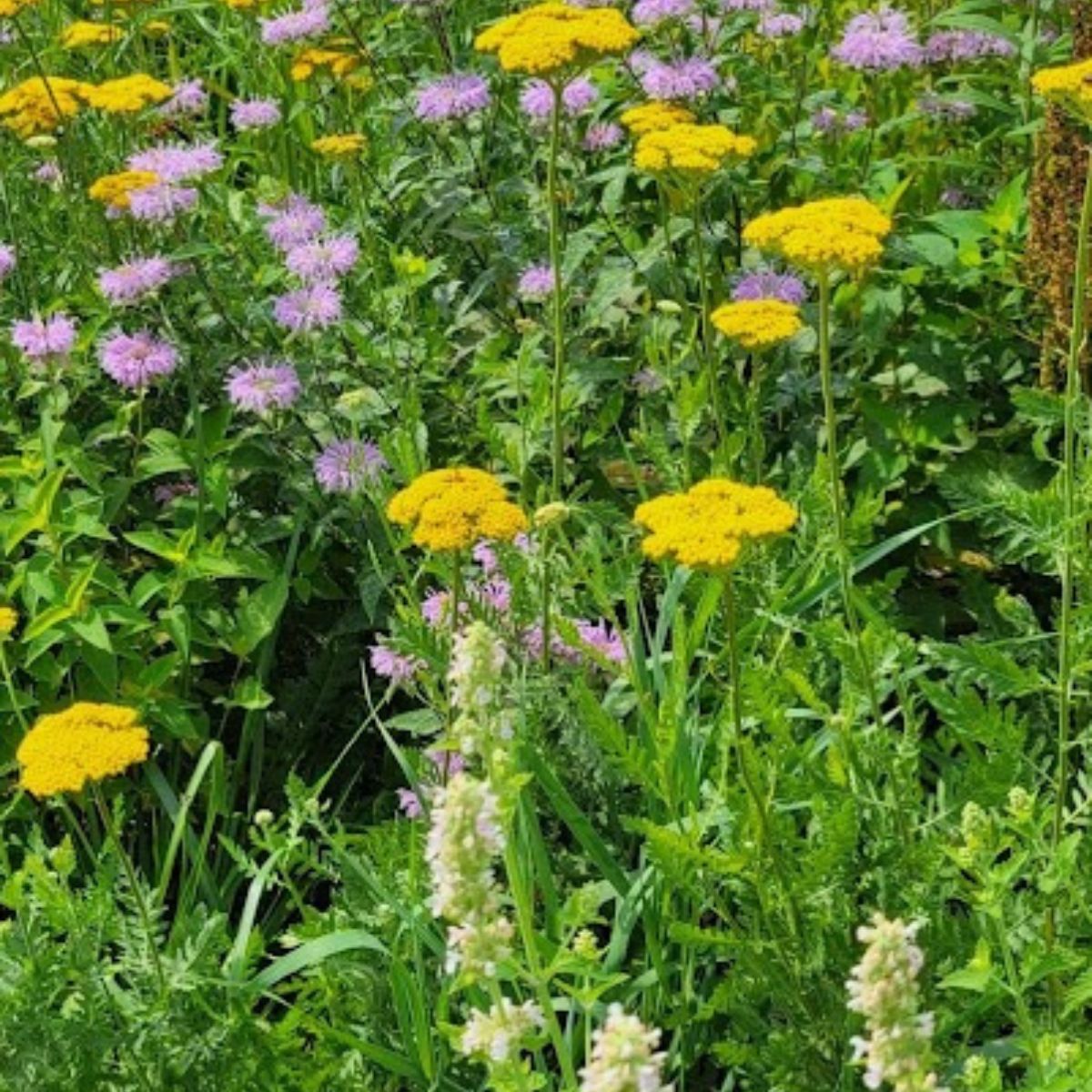
Wildlife gardens are crucial in fostering healthy ecosystems within urban and suburban environments by cultivating diverse and interconnected habitats. They become critical stepping stones for species migration and support essential ecological processes like pollination and seed dispersal.
These gardens act as sanctuaries for endangered and threatened species, helping protect their populations and allowing them to thrive in a fragmented landscape.
This nature-centric approach is gaining popularity worldwide, known by different names, such as habitat gardening, ecology gardening, and conservation gardening.
Beyond providing a visually appealing and relaxing space for humans, wildlife gardens are miniature nature reserves contributing to a more sustainable and resilient planet. As we continue to face environmental challenges and the loss of natural habitats, the significance of wildlife gardening in urban planning and landscaping cannot be overstated. By encouraging and implementing these wildlife-friendly spaces, we can take meaningful steps towards preserving biodiversity and forging a stronger bond between humans and the natural world.
Here are just a few more reasons to attract wildlife to your backyard:
- bees, butterflies, and other insects will pollinate your garden and help it produce better
- a wildlife garden will attract predators that will help you care for your garden naturally
- you’ll be able to keep a healthy garden without chemical pesticides
- wildlife is always amazing to watch
Types of Wildlife Gardens
While it would be great to be able to create a garden for all the wildlife, many of us only have a small piece of property we can dedicate to wildlife habitat. Here are just a few types of wildlife sanctuaries.
Butterfly garden
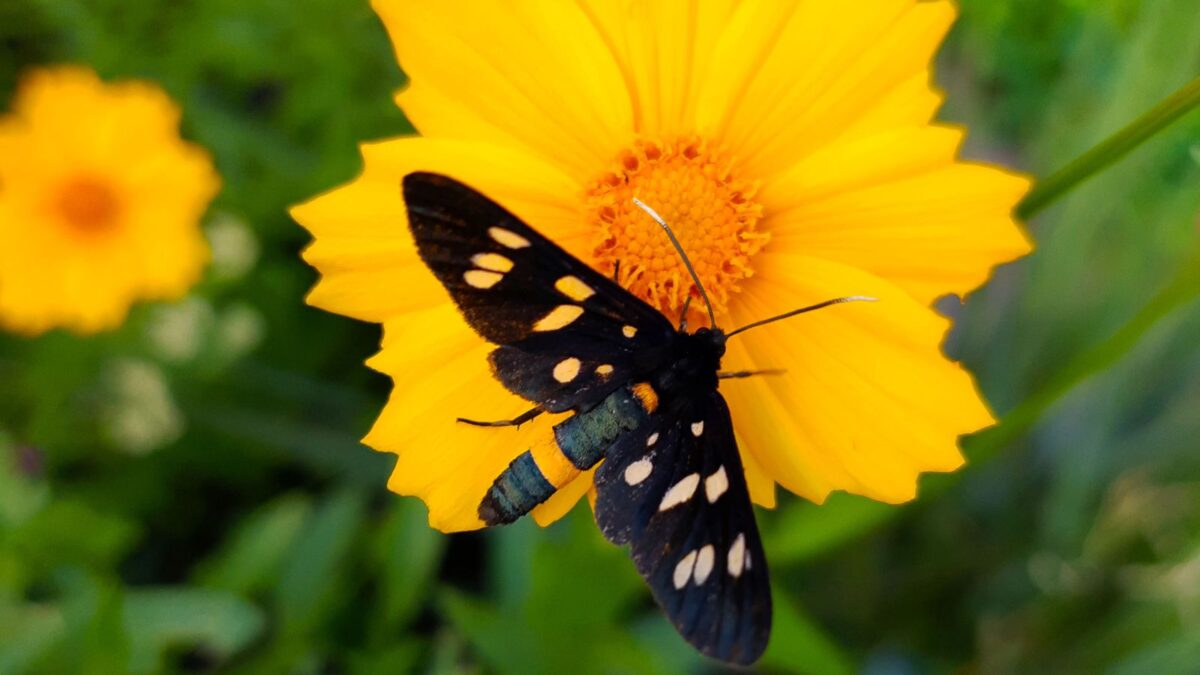
Butterflies are easy to attract with bright, colorful flowers. But if you want to create a true butterfly sanctuary, where they lay their eggs and make a home, you’ll need to put more thought into it.
For butterflies to stick around, they need pretty flowers that offer them a source of nectar, but they also need caterpillar food plants, water, and shelter.
Plants for a butterfly garden
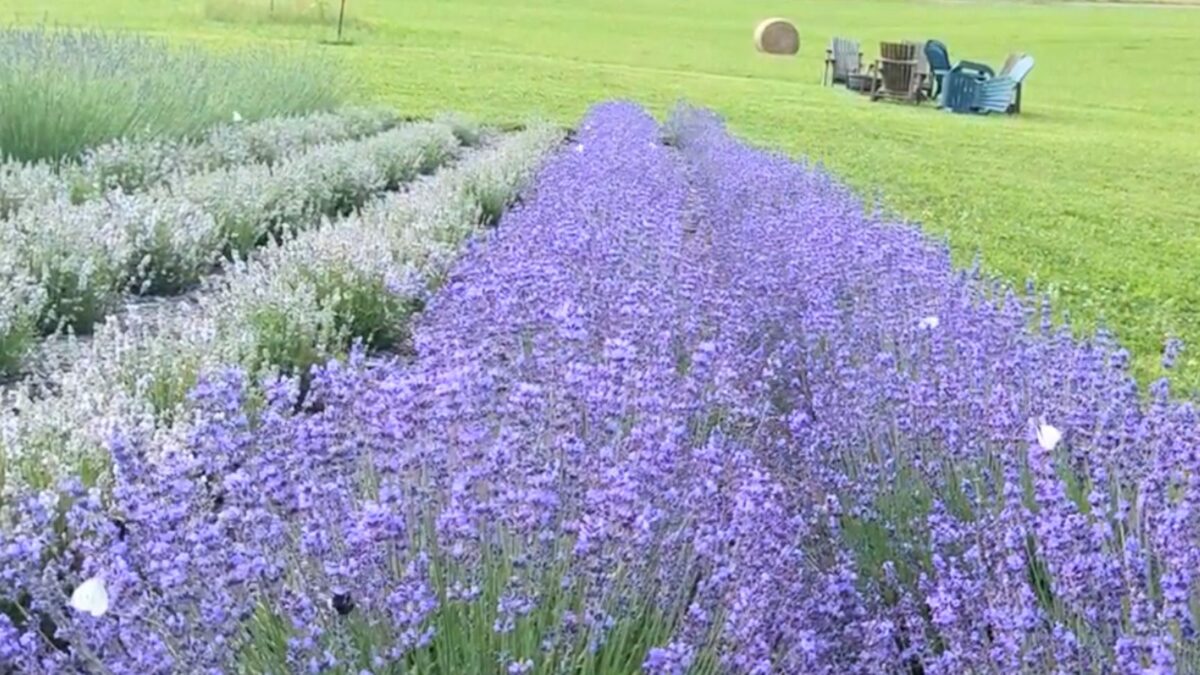
Butterflies are very easy to attract with the right flowers. You can attract many beautiful butterflies by planting nectar-rich flowers in your garden. Here are just a few of the flowers you might want to plant:
- lavender (learn how to grow lavender)
- mint
- jasmine
- oregano
- thyme
- verbena
As you can see, butterflies love herbs you can also use in your cooking, so you get double the benefits of growing these!
Garden for the birds
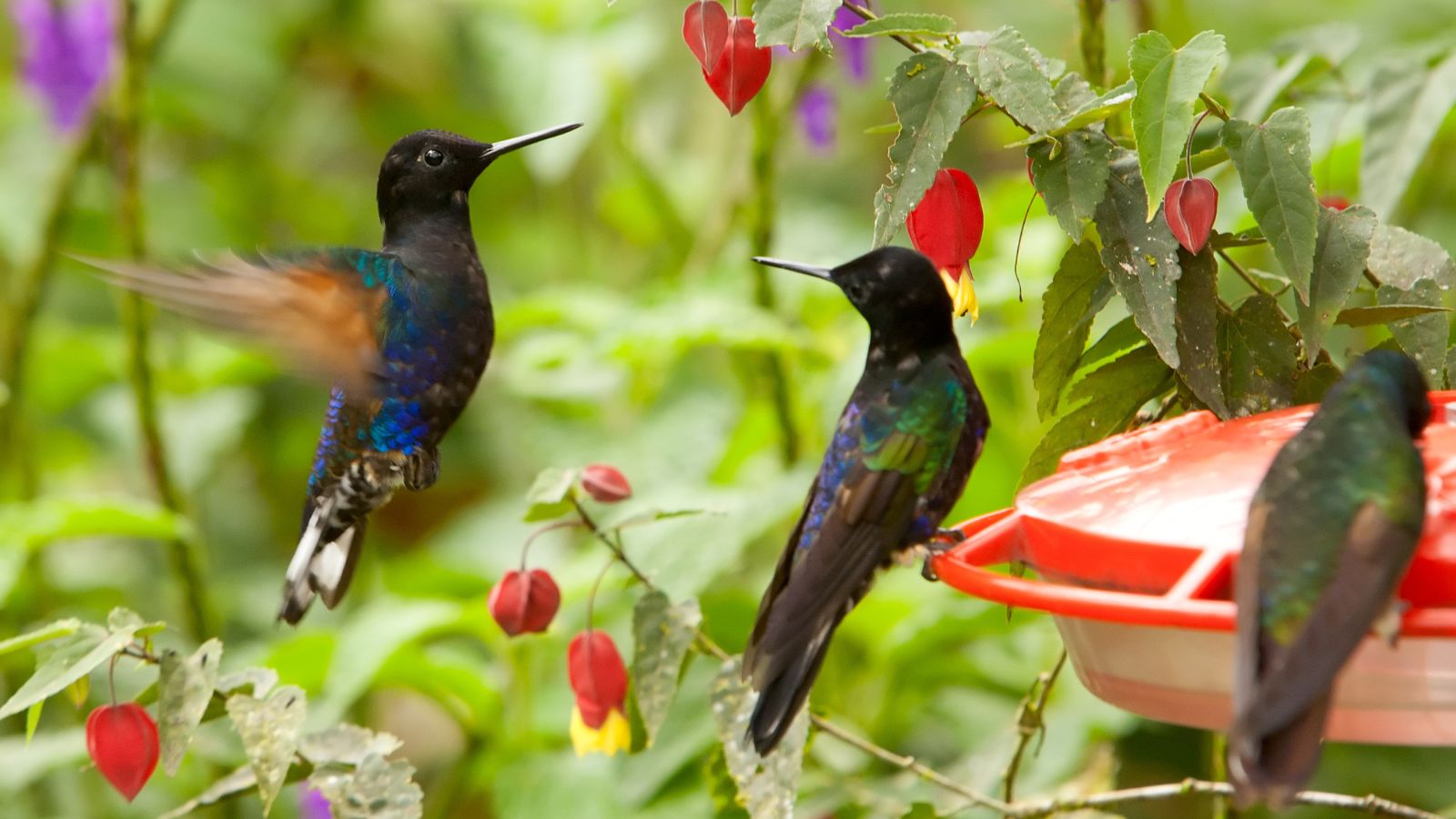
Birds are not only pretty to look at: they also benefit your garden by eating slugs, aphids, caterpillars, and other bugs that could damage your garden. Attract birds into your garden and yard by offering them a birdbath, a few seeds (especially during the winter), and don’t forget to plant some berry-producing plants for them.
Here are just a few things that will encourage birds to make your backyard their home:
- plant native species of plants, vines, shrubs, and trees, and avoid invasive species
- provide a source of water
- add a few birdhouses, bird boxes, and bird feeders (keep them clean and supplied with seeds)
Learn more about creating a garden that attracts birds.
Plants for birds
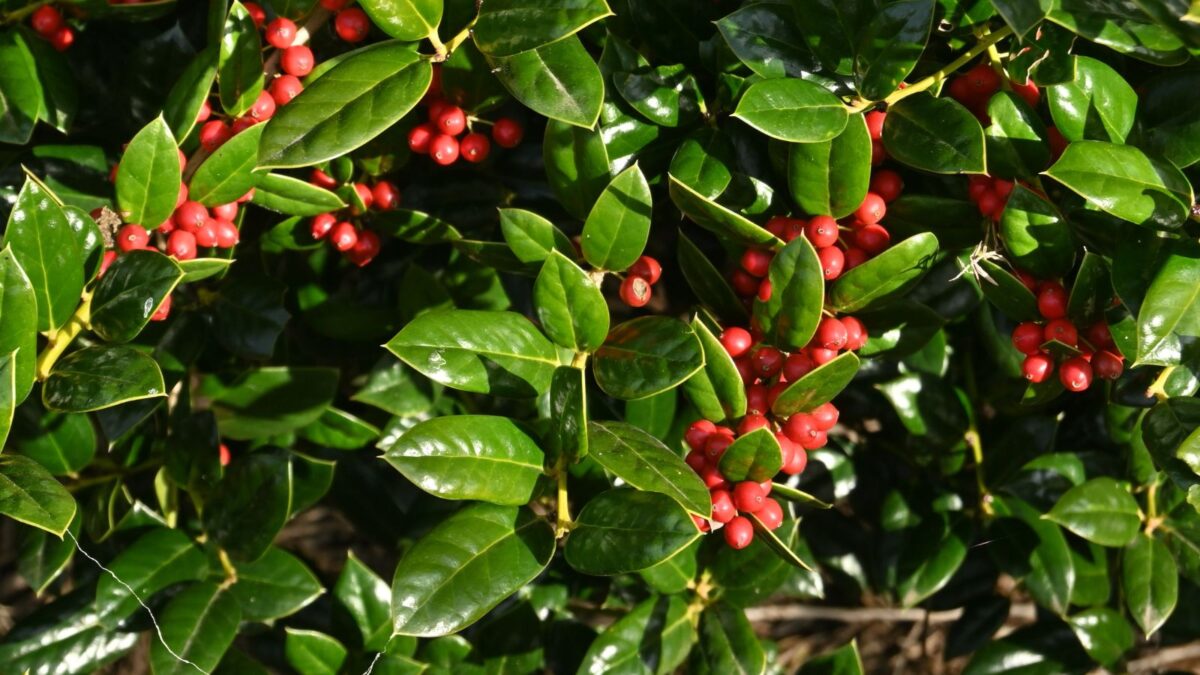
Here are some great plants that are a great source of food and will attract birds:
- fruit trees: apple, cherry, peach plum, etc.
- crab apples
- holly
- hawthorn
- berberis (get your berberis shrubs here)
Garden for insects

Insects play a vital role in the garden, contributing to the overall health and balance of the ecosystem. Their presence and activities significantly impact various aspects of plant growth, reproduction, and overall biodiversity.
They help with pollination, pest control, decomposition, soil aeration, seed dispersal, fruit setting, and much more.
To establish an insect garden, incorporate a variety of native plants, as they provide a familiar habitat and essential food sources for local insect species. Aim for diverse flowers with different shapes and colors to attract a wide range of pollinators, such as bees, butterflies, and beetles. For example, dill and fennel host the larva or ladybugs, so plant some.
Include flowering plants that bloom at different times of the year to provide a continuous supply of nectar and pollen.
Provide a water source like a shallow dish with stones to allow insects to drink safely, avoid using harmful pesticides, and embrace a bit of untidiness, leaving some leaf litter and dead stems, as they offer shelter for overwintering insects.
You can also add a bee hotel to your garden.
Plants for bees

As we all know, bees are becoming endangered. Anything we can do to attract bees and facilitate them to thrive is good for the environment. There are many plants that attract bees and are easy to grow and pretty to look at. Here are just a few of the flowers that are great for attracting bees:
- Borage (buy seeds here)
- Californian Poppy (great seeds here)
- Candytuft
- Cornflower
- Cosmos bipinnatus
- Forget-me-not
- Sunflower
- Sweet Sultan (lots of seeds at Amazon)
- Zinnia
Garden for small mammals
The most common small garden mammals are mice, grey squirrels, hedgehogs, rabbits, opossums, and bats. However, shrews and voles are often present, as well as moles and rats.
While we don’t want these mammals in our vegetable gardens, they are essential, serving as prey for larger predators like hawks, owls, and foxes. Having predators in your garden is a sign of a successful habitat garden. Embrace predators as they help keep the balance of smaller animal populations.
And in the meantime, enjoy the presence of small mammals as they contribute to your garden’s vibrant and fascinating life.
Garden for amphibians
Frogs eat numerous insects, providing free, natural pest control in the garden.
Add a small pond or permanent water puddle close to your garden to create an inviting place for them. You can also create a frog abode with your kids by planting a ceramic pot upside down in a shaded area (make a small “entrance” by chipping the edge of the pot so that frogs can get in quickly).
Or, if you’d rather buy one, Amazon has many of them: some really cute and some that are plain but functional.
How To Attract Wildlife To Your Backyard
I want my backyard alive with birds, butterflies, bees, and other beneficial wildlife. Do you know how to attract wildlife to your backyard? Here are some ideas for attracting wildlife to your backyard.
Imagine this: a doe and her fawn sipping from your pond, an energetic squirrel gathering acorns, or some frogs, butterflies, birds, and other animals going about their daily business, making our lives better!
Doesn’t that give you warm, fuzzy feelings? It makes me happy, for sure!
Are you ready to learn a bit more about how to attract wildlife to your garden?
While it’s true that we rarely do wildlife a service by feeding them from our cupboards, by using the following wildlife attraction and sustainability tips, you can feel good knowing that you are giving back to wildlife some of its lost ecosystems, especially if you live in an urban or residential developed area.
You will also create an environmentally friendly landscape because what is good for the animals is also good for the environment.
1. Plant trees, hedges and shrubs
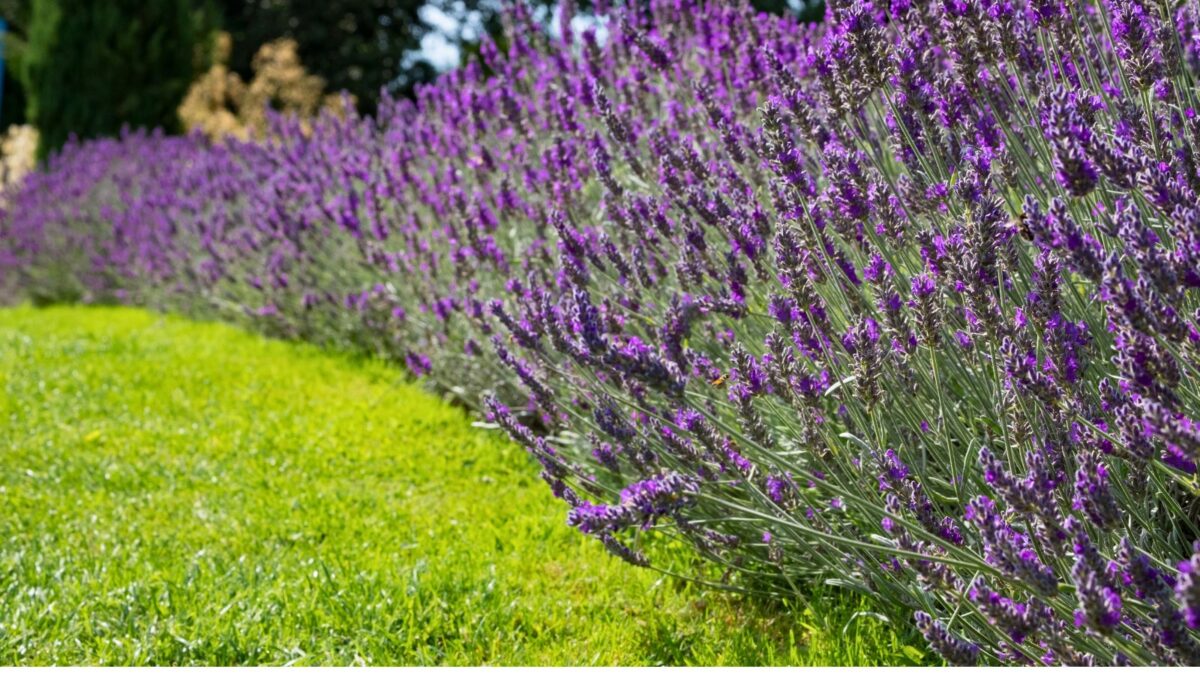
Planting various trees and shrubs in different sizes and types will provide food for birds, bees, and other wildlife that benefits your garden. Providing nesting sites for many different types of animals is good for the ecology of your garden.
2. Keep deadwood around your yard
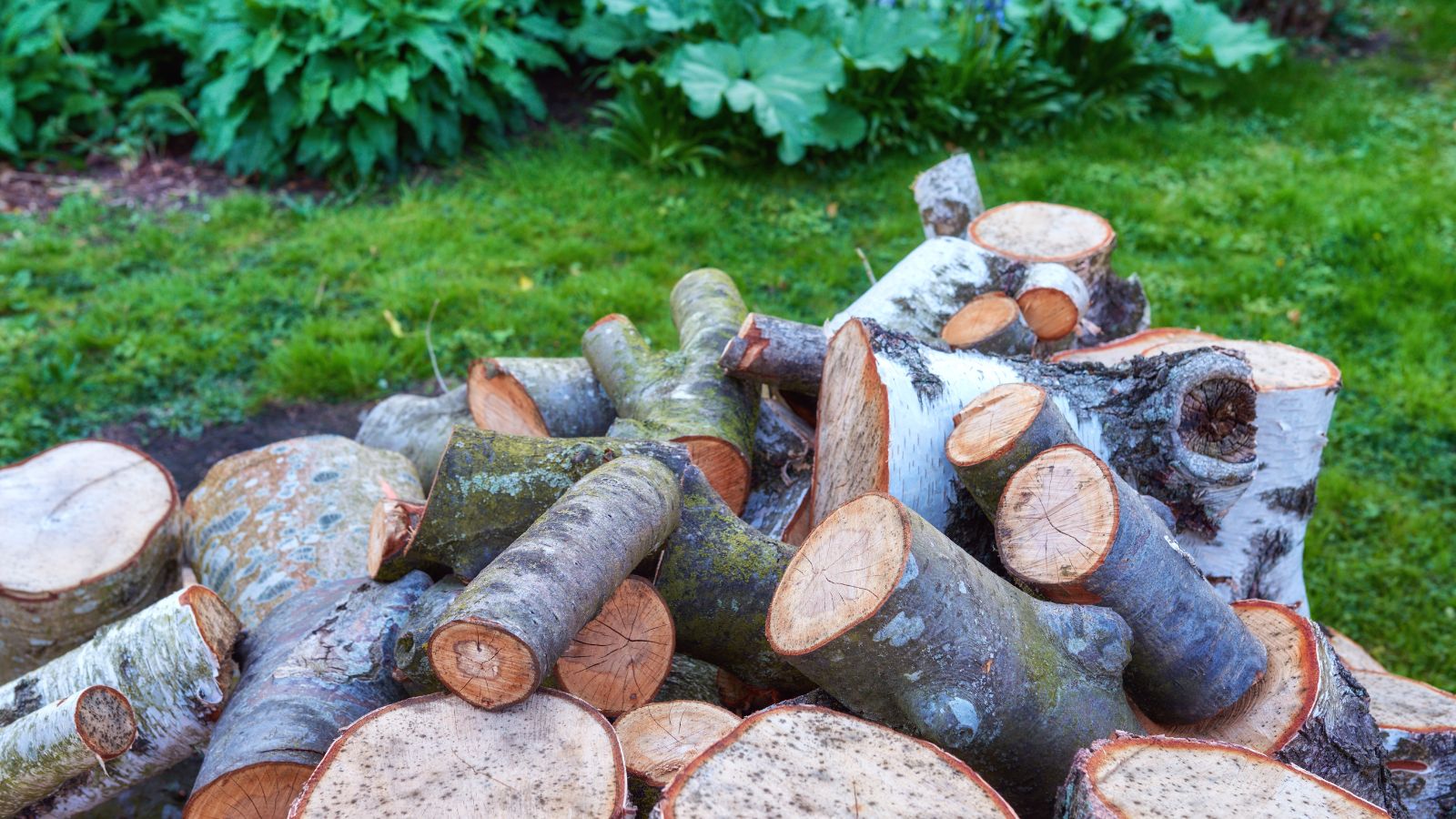
Dying trees or parts of a dying tree and a few log piles tucked away in the far corners of the yard have significant use for gardeners. They are habitats for organisms that keep your garden ecosystem healthy.
Fungi, mosses, and insects will attract birds to them who will eat them.
They are also habitats for snakes and other animals, so locate them strategically. Don’t worry: garden snakes are good because they eat rats and small mammals that will eat the food from your garden.
3. Add one or more water-features

Backyard water features will provide drinking water for birds and insects and a place for birds to cool off. This will keep them around the garden longer. Frogs will also be attracted if you keep your water feature active.
If you want to go all out, add a backyard waterfall. But birdbaths, butterfly puddlers, ponds, and rain gardens will be much appreciated.
Remember to save rainwater. Invest in a couple of good rain collection barrels, and you’ll hardly ever have to worry about depleting your water supply for your wildlife garden.
Amazon has some beautiful options for catching water.
4. Let grass grow taller in an area of the garden

Longer grasses growing in your backyard lawn will provide cover for small animals, reptiles, and caterpillars.
Leave some of your grass uncut throughout the year, alternating the areas every couple of years to prevent the grass from becoming too coarse. This will create plenty of places for these animals to be where they help, not harm, your garden.
5. Plant a variety of species
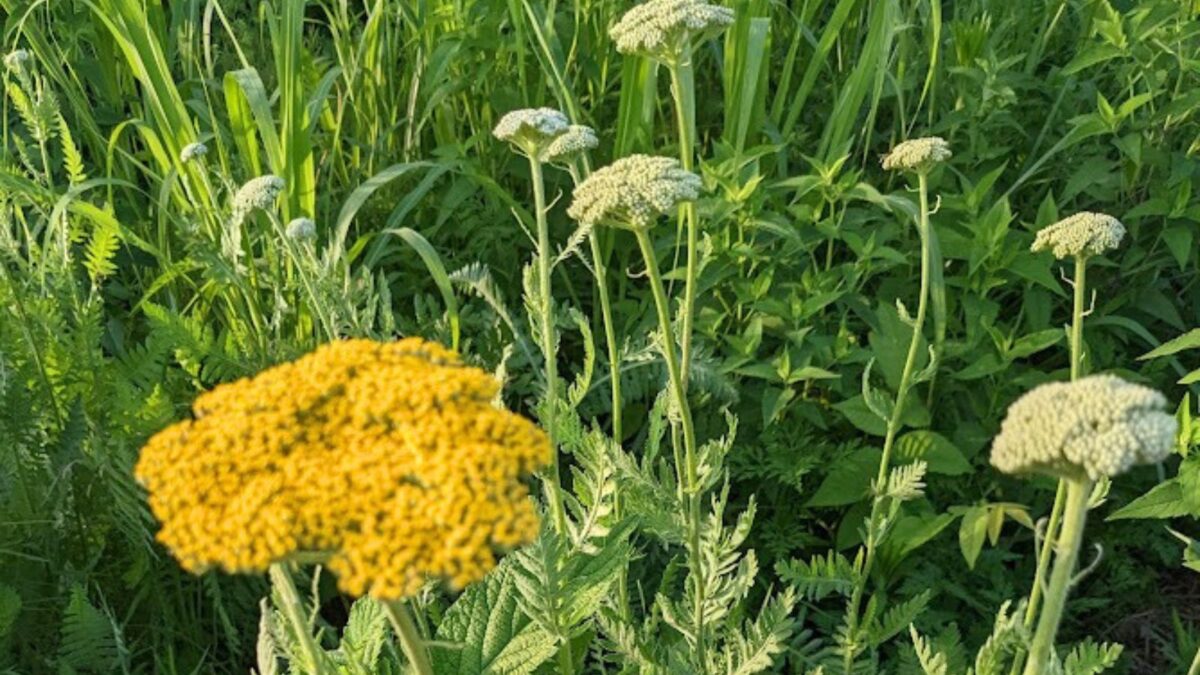
Diversify your plants yearly, and use primarily plants native to your zone. The best place to get your plants is from your local garden center: they will have the best plants for your area.
Of course, if you don’t have a garden center close by, try Home Depot, Lowe’s, or your local Walmart: they’ll all have plants for your garden.
Provide native plants that are a natural part of animals’ diets. Going native with your landscape also benefits the environment because native plants are adapted to their locations and thus require little maintenance. For a list of native plants in your region that attract wildlife, go to https://www.nwf.org/nativePlantFinder/plants and enter your zip code.
6. Encourage wildflowers
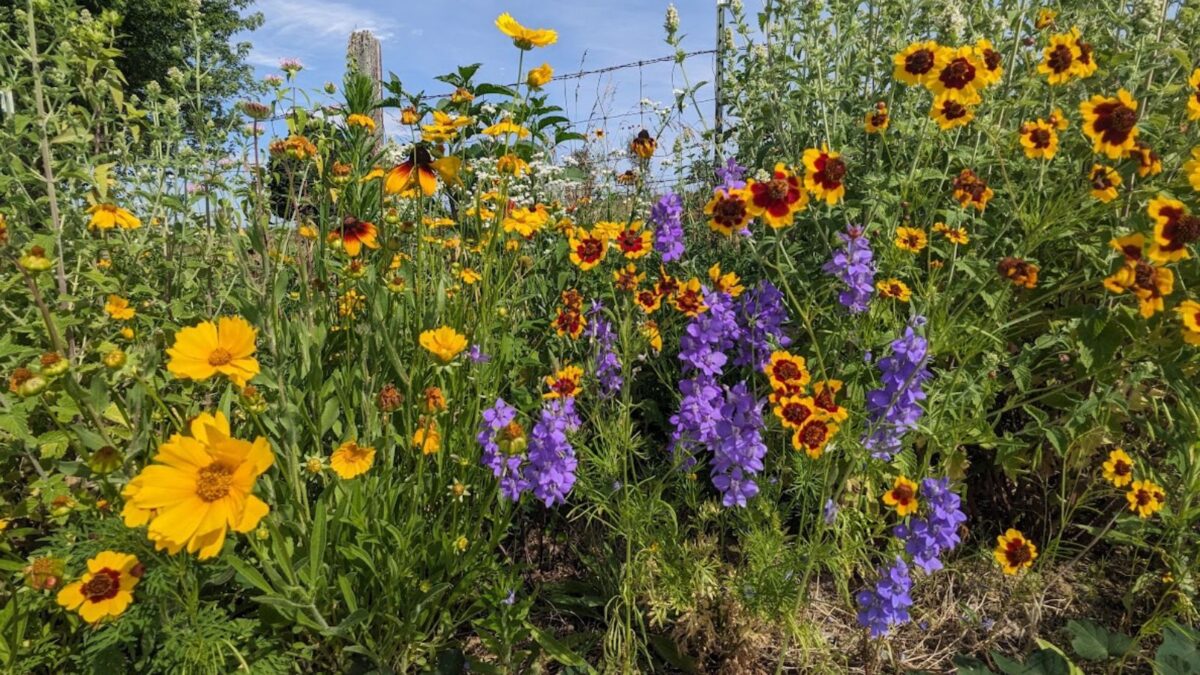
Wildflowers are beautiful and can be very valuable in improving the ecology of your garden. They also provide food for insects and butterflies, which can encourage pollination of your plants.
Stinging nettles are especially helpful for providing a breeding area for butterflies.
7. Install birdhouses and nesting boxes
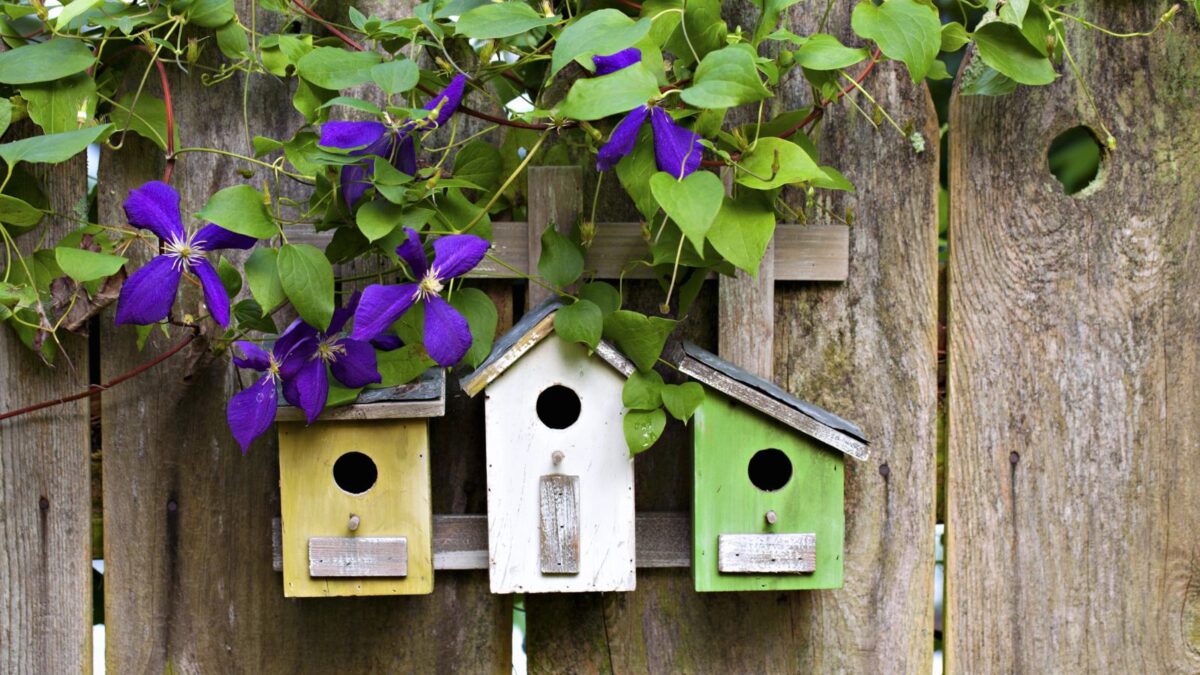
If you’d like more birds in your garden, you can put nesting boxes on walls, fences, and trees facing the right way to provide bird shelter.
Put them up at least six to seven feet off the ground to keep them protected. Be sure to clean these boxes each year when the birds have left the boxes to cut down on parasites.
I hope you got some inspiration to attract the right wildlife to your garden naturally. This will help you protect against disease and pests naturally without chemicals and fuel-based pesticides. It will also give you many hours of free entertainment 😉
Create Shelter For Wildlife

Another way to be an excellent host to wildlife is to provide places for the animals to hide from people, predators, inclement weather, and shelter for raising their babies. Here are some examples:
- Native shrubs and thickets
- Dead trees (good homes as well as food sources)
- Logs and rocks for good hideouts
- Birdhouses
- Bat roosting boxes
- Ponds for aquatic wildlife, including fish and amphibians
- Wildflower meadows
How To Maintain Your Yard For Wildlife
Going green creates healthier soil, water, and air for the wildlife and you and your human loved ones. Just these two practices alone will work wonders:
- Mulching (use mulches that are from sustainable forestry practices and free from pests): Reduces the need for watering, provides nutrients to the soil, and reduces the need for fertilizer.
- Reducing lawn size: Besides most lawns being maintained with chemicals and greenhouse gas-producing, powered lawnmowers, a lawn provides little value to wildlife. By replacing a grass lawn with pretty wildflowers and bushes, or even edible landscape, you not only minimize the yard work but also offer shelter to wildlife and add color to your backyard
Common Backyard Animals
So, what could you expect to see if you are gardening for wildlife? There are many animals you might see in your backyard that won’t exactly make you happy, like rodents, raccoons, possums, squirrels, deer, etc
But then again, if your backyard backs up to a forest, you might need to learn to enjoy seeing them. And they ARE gorgeous once you get past the damage they might do to your backyard.
Learning how to attract wildlife to your backyard is important but also fun. Try new things and improve your knowledge every year.
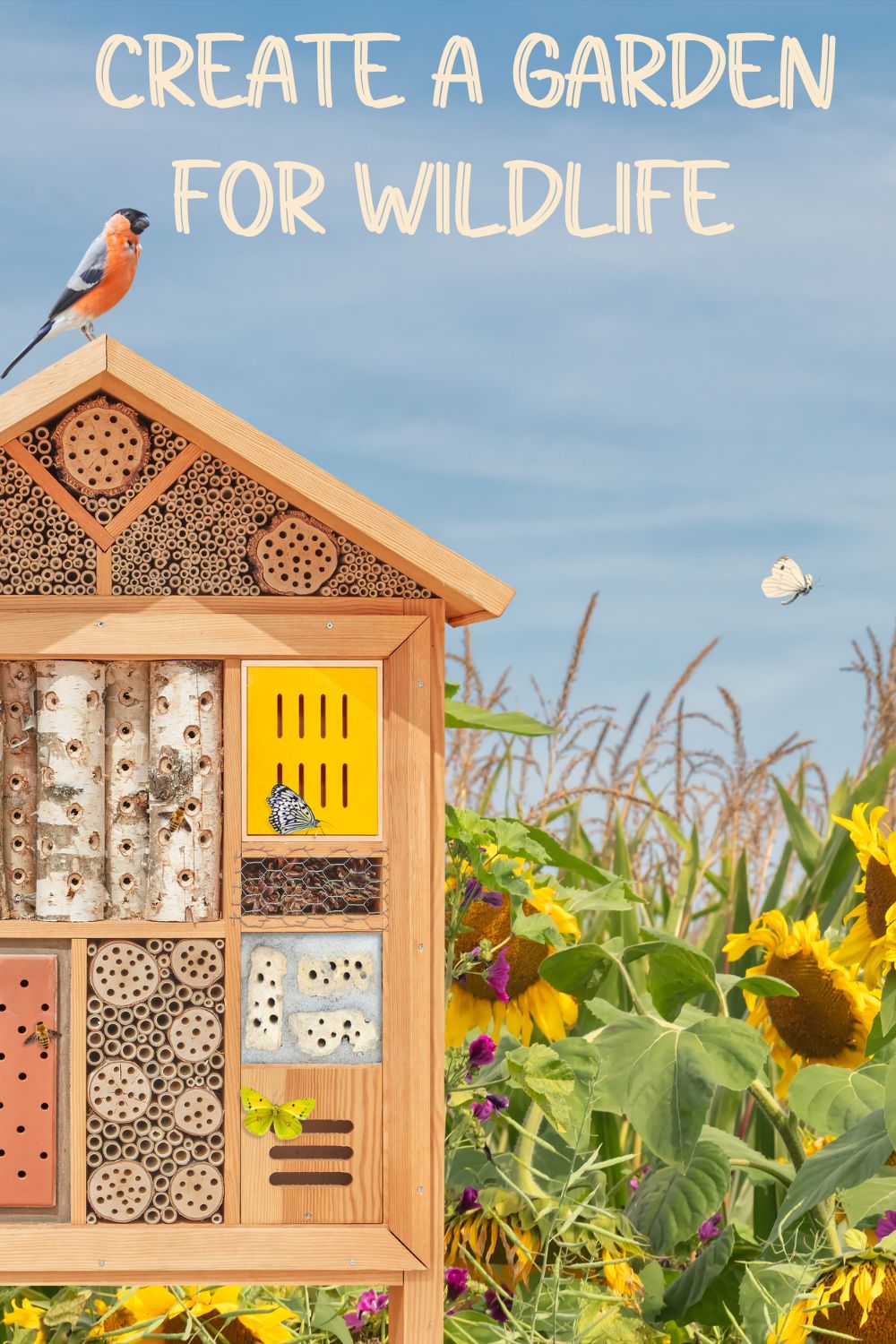

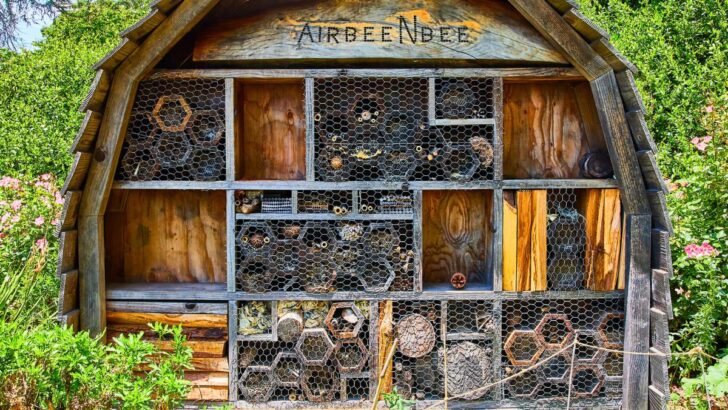














Best White Flowering Shrubs For Your Garden
Thursday 3rd of August 2023
[…] are great for encouraging wildlife into your garden, and for adding some evergreen structure to your outdoor space, providing interest when other […]
Best Food For Squirrels - 5 Yummy Treats They'll Love
Thursday 3rd of August 2023
[…] of black oil, sunflower seeds, peanuts, and whole peanuts is an all-rounder feed for squirrels and backyard wildlife. Easy on the pocket and a favorite among squirrels, this feed contains the right mix of natural […]
How To Get Rid Of Slugs And Snails In The Garden
Thursday 3rd of August 2023
[…] get some toads for your garden…..they love to eat slugs. Here’s how to attract beneficial wildlife to your garden. […]
How To Conserve Water In The Garden
Thursday 3rd of August 2023
[…] ready for the next gardening season: ready to conserve water, ready to invite more wildlife into my backyard and continue learning about doing my part in protecting our Earth when living life. How about you? […]
Hanging Bird Feeders Your Favorite Birds Will Love!
Thursday 3rd of August 2023
[…] Now all you have to do is just sit back, sip your favorite drink and enjoy the delighting view of wildlife in your backyard while listening to a symphony orchestrated by […]